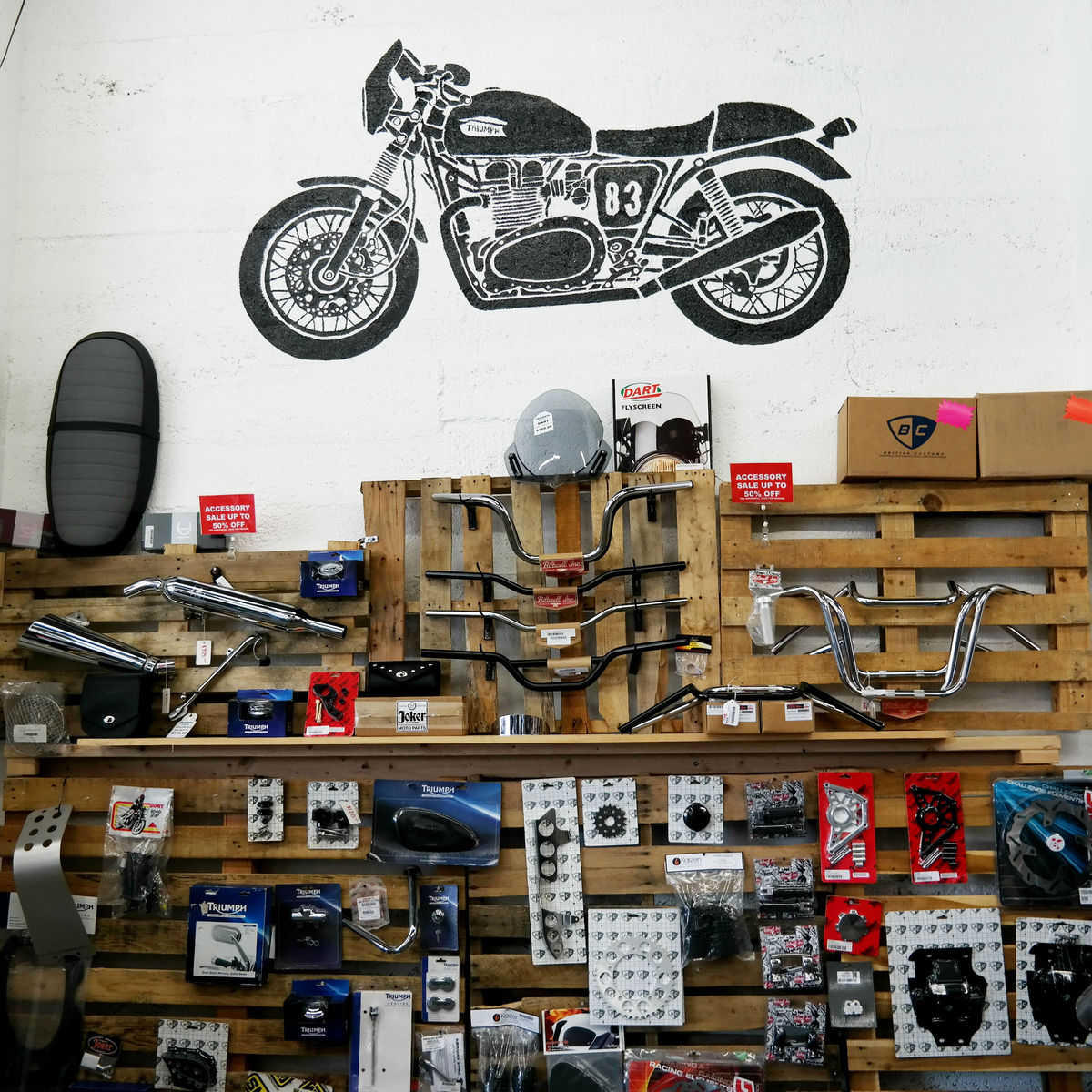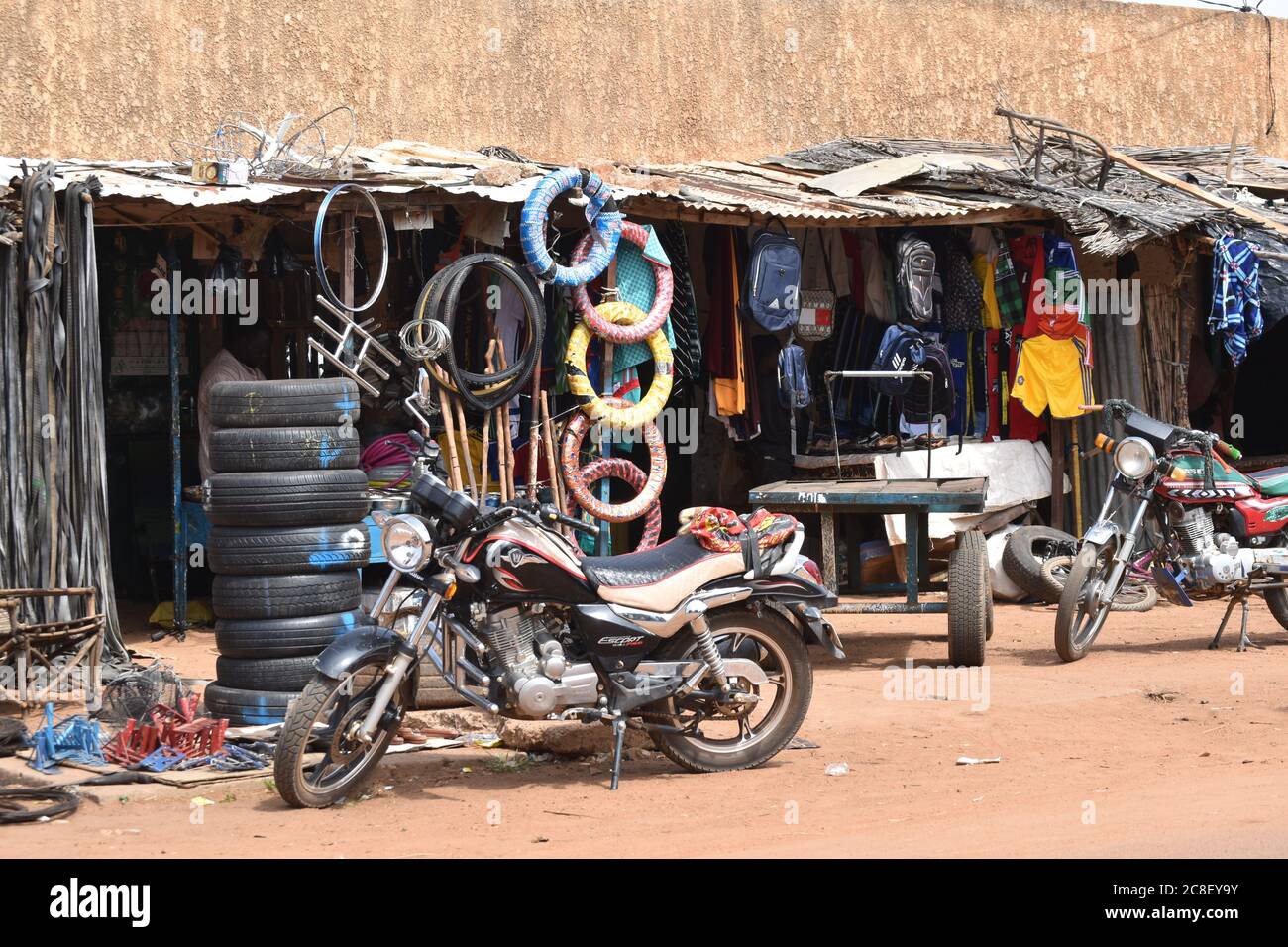Must-Have Motocross Gear: Boost Your Riding Experience Today
Must-Have Motocross Gear: Boost Your Riding Experience Today
Blog Article
Understanding the Vital Parts of a Motorbike: A Comprehensive Overview for Fanatics
For motorbike lovers aiming to elevate their riding experience and guarantee their bikes run smoothly, understanding the crucial components of a motorcycle is vital. Each aspect, from the engine's complex operations to the essential duty of the braking systems, not only affects efficiency however likewise safety and security and comfort. This guide will certainly go through the essential parts that every motorcyclist should be familiar with, enabling educated selections in both upkeep and potential upgrades. As we begin this exploration, one must ask: exactly how does each element interact to create the smooth trip every fanatic seeks?
Engine Parts

The camshaft plays a critical role in controlling the timing of the engine's valves, making sure the exact opening and closing essential for effective gas and air consumption, in addition to exhaust expulsion. This timing is crucial to maintaining optimum engine performance and effectiveness. Additionally, the carburetor or gas injection system, relying on the motorbike design, is liable for mixing air with gas in the appropriate proportion for combustion.
The air conditioning system, either air or liquid-based, functions to keep the engine's temperature within functional restrictions, avoiding overheating and ensuring long life - motorcycle shop. Each part, diligently made and integrated, contributes to the smooth procedure of the engine, defining the motorcycle's power output and general efficiency
Transmission System
Essential to the motorbike's functionality, the transmission system makes sure effective power transfer from the engine to the wheels. This system comprises several critical components, including the clutch, transmission, and final drive, each playing an important function in converting the engine's power into movement. The clutch, typically operated by a hand lever, serves to engage and disengage the engine from the transmission, permitting smooth equipment modifications and controlled acceleration.
The gearbox, often described as the transmission proper, has a collection of equipments that bikers can by hand change with to change the bike's speed and torque outcome. These gears are arranged in a series that enables the motorbike to accelerate smoothly and maintain ideal engine performance throughout different rates. The majority of motorbikes use a consecutive transmission, requiring the rider to shift gears in a fixed order.
Braking Devices
While comprehending the transmission system is crucial to taking advantage of a motorbike's power, equally crucial is the capacity to control and stop that power effectively, which is where braking systems enter into play. Brakes are critical for security and performance, supplying the rider with the needed control to browse various surfaces and problems. Usually, bikes include two kinds of stopping systems: disc brakes and drum brakes.
Disc brakes are extra widespread in contemporary motorcycles due to their superior performance. They include a brake disc, caliper, and pads. When activated, the caliper presses the brake pads against the rotating disc, transforming kinetic power into warm, thus reducing the wheel. This system supplies better heat dissipation, regular performance, and enhanced quiting power, particularly in damp problems.
Alternatively, drum brakes, though less usual, are still discovered in some bikes. They function by pressing brake footwear versus the inner surface of a drum attached to the wheel. While generally much less effective in warmth dissipation and quiting power, drum brakes are easier and much more cost-effective.
Recognizing these braking systems' nuances permits cyclists to preserve their motorbikes effectively and appreciate the design that makes certain effective and secure stopping.
Suspension and Guiding
Suspension and steering systems are vital components that considerably influence a bike's handling and trip convenience. The suspension system, being composed of forks at the front and shock absorbers at the back, absorbs roadway irregularities, enhancing stability and control. Front forks, inverted or usually telescopic, compress and rebound to reduce influences, while back shock absorbers preserve tire contact with the road, vital for traction and safety.
Steering, centered around the handlebars, connects the motorcyclist to the motorbike's directional control. The steering Recommended Reading head bearings guarantee smooth procedure, permitting precise ability to move. Appropriate placement and upkeep of these bearings are essential for predictable steering response and reducing cyclist fatigue.
The suspension's adjustability is another crucial facet; preload, damping, and rebound setups permit customization to match numerous riding conditions and styles. This flexibility is vital for maximizing efficiency, whether browsing metropolitan streets or dealing with rugged trails. Advancements like digital shock absorber offer real-time changes, enhancing adventure high quality throughout diverse terrains.

Electrical Equipments
After making sure a smooth and controlled ride via effective suspension and guiding systems, focus transforms to the electrical systems, a critical element of modern motorbikes. These systems play a vital role not just in starting the engine however additionally in powering different components that boost the capability and safety of the bike.
At the heart of a bike's electrical system is the battery, which shops electrical power needed for starting the engine and powering complementary systems - motox parts nz. The alternator or generator, coupled with the rectifier-regulator, ensures the battery remains billed while the bike functions, converting power into electrical power and preserving voltage levels
The ignition system, another critical element, is accountable for stiring up the air-fuel combination in the engine's cyndrical tubes. Modern bikes commonly use an electronic ignition system, offering better performance and dependability contrasted to conventional systems.
Lighting systems, including headlights, tail lights, and indicators, are additionally crucial, making certain exposure and safety and security for the cyclist. Extra digital components such as sensors, control systems, and displays add to sophisticated attributes like fuel shot monitoring, anti-lock stopping systems (ABDOMINAL), and digital dashboards, even more boosting the riding experience.
Verdict
A detailed comprehension of a bike's essential parts, including the engine, transmission system, stopping devices, suspension, steering, and electric systems, is vital for lovers intending to enhance performance, comfort, and safety and security. Proficiency of these elements permits educated choices regarding upkeep and upgrades, inevitably boosting the riding experience. By incorporating this expertise, motorcyclists can ensure their motorbikes run at peak efficiency and dependability, consequently maximizing both enjoyment and durability of their vehicles.
For bike fanatics looking to boost their riding experience and ensure their bikes run smoothly, comprehending the necessary components of a motorbike is extremely important.Integral to the motorbike's performance, the transmission site link system guarantees effective power transfer from the engine to the wheels.While understanding the transmission system is key to taking advantage of a motorcycle's power, just as essential is the capability to control and quit that power efficiently, which is where stopping systems come into play. Generally, motorcycles feature you can try these out two types of braking systems: disc brakes and drum brakes.
An extensive understanding of a bike's essential parts, including the engine, transmission system, braking devices, suspension, guiding, and electrical systems, is vital for lovers aiming to optimize efficiency, comfort, and safety.
Report this page